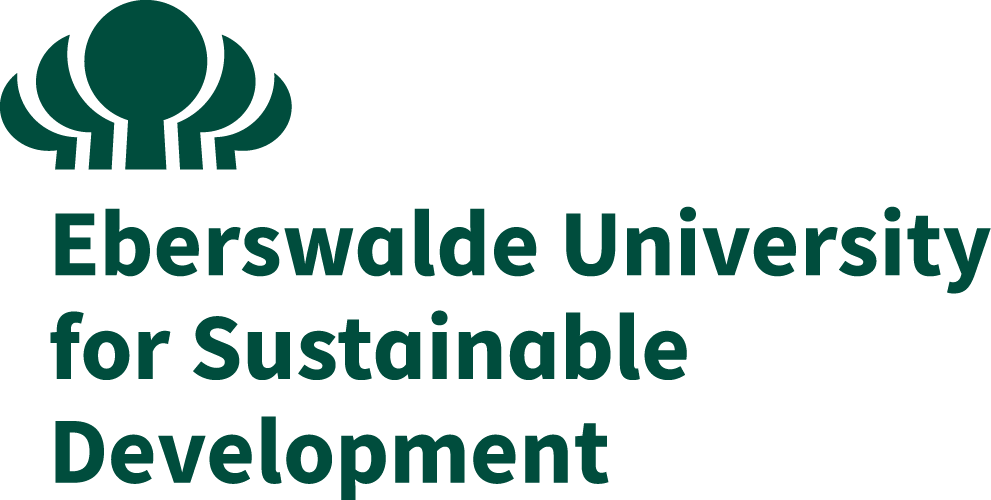Ecosystem-based Adaptation to Climate Change (EbA)

A participatory and holistic Ecosystem-based Adaptation process aims at the development of strategies, measures, and locally adjusted activities to adapt to climate change by strengthening the functionality of ecosystems while safeguarding and developing fundamental ecosystem services for the population. EbA has the potential to preserve and develop the vital ecosystem functions and services and the associated synergies in the sense of sustainable development.
A fundamental starting point of EbA is the conservation of existing, functional ecosystems since these already provide and secure a multitude of functions and thus regulating, provisioning, and cultural ecosystem services (cf. Common International Classification of Ecosystem Services - CICES).
For balancing conservation and sustainable use of biodiversity, ecosystems and their services, the “Man and the Biosphere” (MAB) programme of the United Nations Educational, Scientific and Cultural Organization (UNESCO) has been introduced. Biosphere reserves shall function as model regions for sustainable development. Inhabitants are encouraged and supported to use ecologically and socially sustainable income generation methods for their livelihood and, by this, protecting functional ecosystems and social webs for current and future generations.
The Primary Fields of Action

The active involvement of the local population, regional experts, NGOs, and interest groups pursues the objectives of a detailed situation analysis, to create lasting structures for participation and exchange and to build local capacities. The EbA topic is brought closer to the local population and actively shaped in the form of workshops, information stands, project groups, specialist focus groups, and the publication of information brochures. Local knowledge and the willingness to participate are central to the project´s success.

At the planning and strategic level, EbA should receive more attention. The necessity and potential for sustainable regional development need to be made explicit and accessible. Through the active participation and involvement of various regional and supra-regional decision-makers, mainstreaming and the consolidation of EbA at the political level should be ensured. A planning framework is to be created by drawing up a catalogue of measures, strategy papers, technical documentation and work plans.
To set the scene for implementation of EbA, a solid legal basis is crucial. Primarily, the framework of international law provides the foundation for national regulation. However, compared to other branches of international and national legal regulation, climate change is a relatively new subject that demands significant further development and operationalisation. Thus, the concept of EbA is currently indirectly addressed in very few strategies or sectoral legal acts, yet also not particularly operationalised.
Legal Background and Policy
To address the challenges of climate change along with all its adverse effects on ecosystems and humans, a fundamental legal basis is essential.
Unfortunately, the real significance of climate change resulting from human activities has been neglected for a long time on political level and is still not considered uncontroversial. Consequently, the legal framework on issues of mitigation of climate change and adaptation to its effects is a relatively new field of law.
In 1992 the United Nations Framework Convention on Climate Change (UNFCCC) was adopted being the pioneering document on climate change. One crucial aspect of the convention is to allow ecosystems to adapt naturally to climate change (Article 2) by ensuring a sufficient time frame. Next to necessary measures for mitigation, UNFCC clearly mentions actions and cooperation like projects or measures for adaption to climate change (Article 4 lit. e). Currently, there are 197 Parties to the UNFCCC.
After setting the frame by the UNFCCC in the early nineties, international climate change legislation has progressed by adoption of the Kyoto Protocol in 1997. Establishing the principle of “common, but different responsibilities”, this treaty primarily puts the obligation to reduce greenhouse emissions on developed countries. By the expiration date of the Kyoto Protocol in 2012, it was succeeded by the Doha Amendment. However, its expiring date – 2020 – is currently approaching as well.
To enhance the implementation of the United Nations Framework Convention on Climate Change (UNFCCC), in 2016 the Paris Agreement was passed. The treaty strengthens the support of developing countries in combatting climate change (Article 3) and achieving the ambitious goal of keeping the rise of global temperature this century well below 2 degrees Celsius above pre-industrial levels and to pursue efforts to limit the temperature increase to 1.5 degrees Celsius (Article 2 lit. a). Adaptation to climate change is one of the main goals of the agreement specified as increasing the ability to adapt to the adverse impacts of climate change and foster climate resilience (Article 2 b).
In order to achieve the goals set by the Paris Agreement, each party is obliged to prepare nationally determined contributions (NDCs).
Adaptation to climate change is regulated in detail in article 7 of the treaty. Measures for planning processes laid down in this provision include:
- implementation of adaptation actions, (Art. 7. 9 a)
- formulation and implementation of national adaptation plans , (Art. 7. 9 b)
- assessment of climate change impacts and vulnerability, with a view to formulating nationally determined prioritized actions, taking into account vulnerable people, places and ecosystems , (Art. 7. 9 c)
- monitoring and evaluating and learning from adaptation plans, policies, programmes and actions , (Art. 7. 9 d); and
- building the resilience of socioeconomic and ecological systems, including through economic diversification and sustainable management of natural resources (Art. 7. 9 e)

For the situation analysis and spatial decision support, satellite images and map materials were produced and used. They feature spatial overviews concerning ecosystem types and distribution, hydrological conditions, averaged temperature clusters, and vulnerability – the stress impact distribution in the ecosystems of the biosphere reserve. Currently developing target maps shall function as decision support tools in identifying the areas with the highest need for EbA action in its diverse facets.








